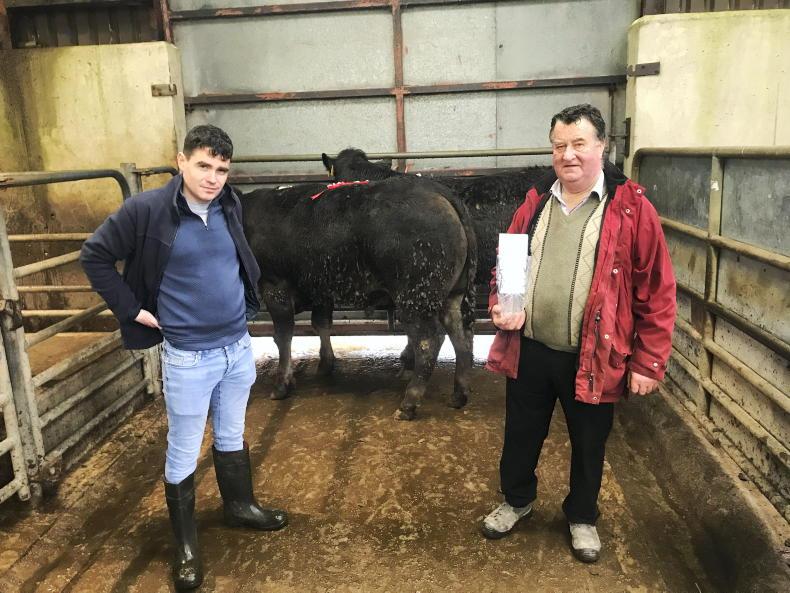Despite recent weather-related challenges, the number of calves exported live continues to trend significantly above 2022 levels.
The latest figures published by Bord Bia for the week ending 11 March show 58,773 head exported live. This represents an increase of 16,787 head, or 40% jump on 2022 levels.
Demand for calves in key export markets is firm, with the Dutch market accounting for the majority of the increase. The Netherlands has imported 34,618 livestock from Ireland to date in 2023, up 11,720 head or 48% year-on-year.
The Spanish market remains active for calves and cattle and is the second most important market on a volume basis, with 17,639 head exported there to date in 2023. This is an increase of 519 head, or 3.1% on 2022 levels.
The Italian and Polish markets are performing significantly ahead of last year.
The Italian market has imported 7,267 head of livestock from Ireland, with calf exports and weanling exports both increasing.
Poland has entered the market at a much earlier stage in 2023 and for the year-to-date has imported 3,361 head compared to just 557 in 2022.
There has also been an increase in exports to other eastern European countries, with Bulgaria importing 1,493 cattle to date in 2023 compared to zero in 2022. The majority of these are bull weanlings. Similarly, Hungary has imported 782 head, while Slovakia has imported 339 head.
As detailed in Table 1, total exports for the year to date of 75,773 head are running 16,135 head, or 27.2% higher than in 2022.
The number of store and finished cattle has reduced, with this reduction stemming from a continued reduction in the number of cattle exported to Northern Ireland. For the year to date, the number of cattle exported stands at 6,955, down some 2,828 head.
Despite recent weather-related challenges, the number of calves exported live continues to trend significantly above 2022 levels.
The latest figures published by Bord Bia for the week ending 11 March show 58,773 head exported live. This represents an increase of 16,787 head, or 40% jump on 2022 levels.
Demand for calves in key export markets is firm, with the Dutch market accounting for the majority of the increase. The Netherlands has imported 34,618 livestock from Ireland to date in 2023, up 11,720 head or 48% year-on-year.
The Spanish market remains active for calves and cattle and is the second most important market on a volume basis, with 17,639 head exported there to date in 2023. This is an increase of 519 head, or 3.1% on 2022 levels.
The Italian and Polish markets are performing significantly ahead of last year.
The Italian market has imported 7,267 head of livestock from Ireland, with calf exports and weanling exports both increasing.
Poland has entered the market at a much earlier stage in 2023 and for the year-to-date has imported 3,361 head compared to just 557 in 2022.
There has also been an increase in exports to other eastern European countries, with Bulgaria importing 1,493 cattle to date in 2023 compared to zero in 2022. The majority of these are bull weanlings. Similarly, Hungary has imported 782 head, while Slovakia has imported 339 head.
As detailed in Table 1, total exports for the year to date of 75,773 head are running 16,135 head, or 27.2% higher than in 2022.
The number of store and finished cattle has reduced, with this reduction stemming from a continued reduction in the number of cattle exported to Northern Ireland. For the year to date, the number of cattle exported stands at 6,955, down some 2,828 head.






 This is a subscriber-only article
This is a subscriber-only article










SHARING OPTIONS: